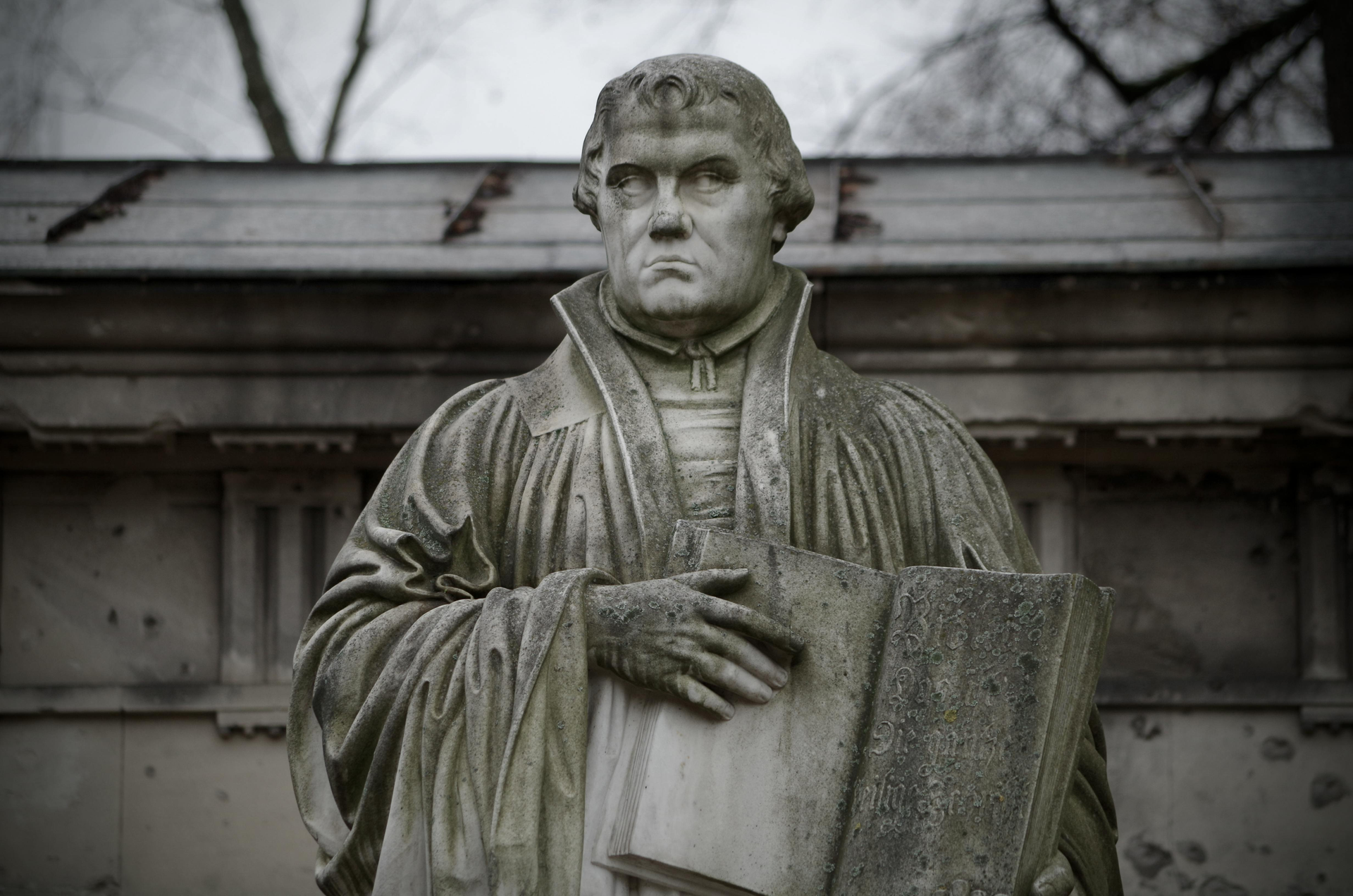The Christian Community
Acts Sermon Series: Acts 2:42-47
When 3,000 people believed the gospel on the day of Pentecost, everything changed. A small band of 120 disciples suddenly became a massive congregation. But what happens next? How do you shepherd thousands of brand-new believers? How do you even begin to define what “church” looks like?
Acts 2:42–47 answers that question. These verses are not just a description of what the first church did; they are a Spirit-inspired blueprint for what the church of Jesus Christ is meant to be in every age.
“And they devoted themselves to the apostles’ teaching and the fellowship, to the breaking of bread and the prayers…” (Acts 2:42)
This short summary shows us the beating heart of a Spirit-filled church. The Holy Spirit doesn’t just convert individuals—He creates a new community. He forms a people who are devoted to God and devoted to one another.
The Four Devotions of the Church
Luke tells us that the early Christians were devoted. That word means they clung to these things with strength and perseverance. They didn’t dabble; they committed. Their faith wasn’t casual or convenient—it was costly and consuming.
1. The Apostles’ Teaching
At the very center was the Word of God. Jesus had taught the apostles, and the Spirit brought that teaching to life in them. They proclaimed it to the church, and over time it was written down as the New Testament Scriptures.
The apostles’ doctrine wasn’t optional—it was oxygen. A true church lives and breathes by the Word of God. Without faithful preaching and teaching, there is no true church. This is why Christians in every generation must be people of the Book: reading, hearing, and applying Scripture to every part of life.
2. The Fellowship
Christianity is personal, but it is never private. To be united to Christ is to be united to His people. The fellowship of the saints is not just coffee-hour conversation—it is the sharing of life together. The church rejoices with those who rejoice, and weeps with those who weep.
In a culture that prizes independence and isolation, Acts 2 reminds us that we were never meant to walk with Christ alone. Faith may be personal, but it is never solitary. Fellowship is not an optional add-on; it is a non-negotiable mark of the Spirit’s work.
3. The Breaking of Bread
This phrase most likely refers to the Lord’s Supper. Along with baptism, the Supper is a means of grace given to nourish God’s people. In the bread and the cup, Christ meets us by His Spirit, strengthening faith, assuring forgiveness, and uniting us more deeply to Himself and one another.
The early church didn’t treat the sacraments lightly. They were central to worship, because they are Christ’s own appointed signs and seals of His covenant promises.
4. The Prayers
The first believers were not just talking to one another; they were speaking to God. Prayer marked their gatherings, their homes, and their lives. They prayed for boldness, for protection, for needs, and for salvation. And God answered.
One pastor has said: “Hardly anything is more important as a sign of the church’s vitality than its commitment to prayer.” A prayerless church is a powerless church. But when the church prays, heaven shakes and the kingdom advances.
The Fruit of Devotion
From these four devotions flowed a distinctive way of life.
- Reverence: “And awe came upon every soul” (v. 43). Christianity wasn’t casual or trivial; there was a weightiness, a seriousness, a holy fear that marked their gatherings. Both believers and unbelievers knew God was at work.
- Generosity: “They were selling their possessions… and distributing the proceeds to all, as any had need” (v. 45). This wasn’t communism—it was compassion. Grace moved them from “what’s mine is mine” to “what’s mine is the Lord’s.” Needs were met because love overflowed.
- Joy: “They received their food with glad and generous hearts, praising God” (vv. 46–47). Christianity is not gloomy religion—it is joy rooted not in circumstance, but in Christ. The gospel produces gratitude and gladness, both in worship and around the dinner table.
- Witness: “And the Lord added to their number day by day those who were being saved” (v. 47). The same Spirit who gathers the church also sends the church. Evangelism wasn’t a program—it was the overflow of their devotion, joy, and love. And it was God Himself who added the increase.
A Living Blueprint
Acts 2 doesn’t give us a human strategy—it shows us God’s design. The church is not a club or a Sunday hobby. It is a Spirit-created community of men and women, boys and girls, who have been forgiven, transformed, and united in Christ.
The same Jesus who ascended in Acts 1 is still at work through His Spirit. He is still building His church. He is still adding to His people.
He is still worthy of our devotion.
So what does a Spirit-filled church look like?
It is:
- Word-filled.
- Christ-centered.
- Sacramentally nourished.
- Prayer-dependent.
- Joyful in worship.
- Generous in love.
- Bold in witness.
This is the church we long to be here in Irvine. By God’s grace, may Central Presbyterian be marked by these same devotions, for the glory of Christ and the good of our neighbors.
The Spirit-filled church is not defined by numbers, programs, or trends—but by devotion to Christ and His Word. And when the church lives this way, God still adds to our number those who are being saved.










